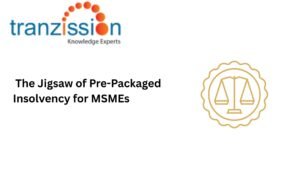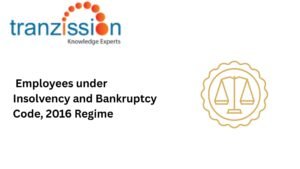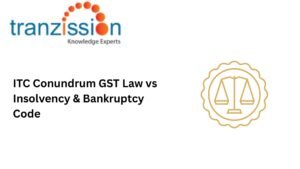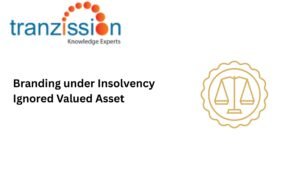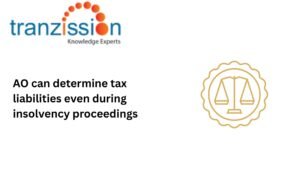
Compulsory Liquidation vs Voluntary Liquidation
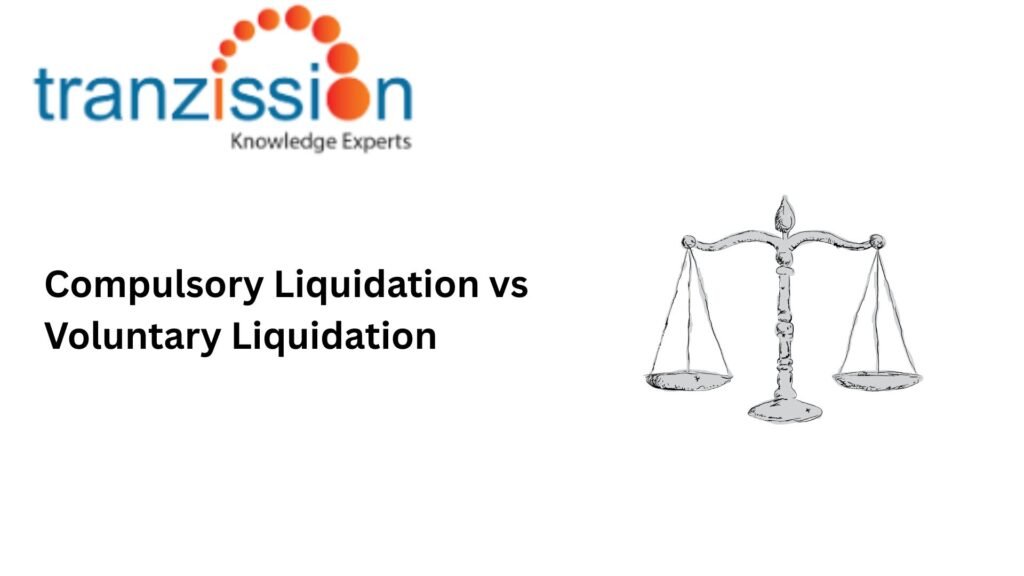
Table of Contents
The Insolvency and Bankruptcy Code, 2016 (the IBC) mentions two types of liquidation, namely, Compulsory Liquidation vs Voluntary Liquidation Understanding the difference between the two is crucial because it impacts how a company is dissolved and the consequences for directors, creditors, and the overall businesses. Voluntary liquidation is initiated by the company directors, allowing for a more controlled wind-down with potential tax advantages. Compulsory liquidation, imposed by the court and signifies insolvency, and can lead to harsher outcomes for all parties involved. Hence, it is important for companies to have the knowledge of which liquidation process is suitable for them.
Compulsory Liquidation vs Voluntary Liquidation
What Are They
Compulsory liquidation is a court-ordered process where a company is wound up and dissolved due to its inability to pay its debts. This happens when a creditor petitions the court after the company fails to meet its debt obligations. The court then appoints an official liquidator to manage the process of selling assets, paying creditors, and distributing any remaining assets. Voluntary liquidation is a process where a company is wound up by a decision of its directors and shareholders through a resolution passed at a general meeting. It can be initiated when the company is solvent in members voluntary liquidation, or insolvent in creditors voluntary liquidation. In both cases, the process is initiated by the company itself, without court intervention.
Initiation & Control
- In Compulsory Liquidation: A creditor petitions the court, arguing the company is unable to pay its debts or has committed other serious breaches. The court reviews the petition, and if satisfied, issues a winding-up order, effectively forcing the company into liquidation. Upon the order the directors lose control of the company’s assets and operations. Further, the court appoints a liquidator to manage the liquidation process in Compulsory Liquidation vs Voluntary Liquidation
- In Voluntary Liquidation: The company’s directors or shareholders decide to initiate the liquidation process. The directors or shareholders appoint a licensed insolvency professional to oversee the process. Creditors vote on the proposed liquidation and the appointment of the liquidator. They can potentially influence the process or even take control. If the company is insolvent, creditors have a significant say in the process, potentially including the appointment of their own liquidator or influencing decisions about asset disposal.
Read more : What is the purpose of AFA for Insolvency professionals?
Process & Timeline
The process of winding up a company, either compulsorily or voluntarily, involves distinct timelines and procedures. Compulsory Liquidation vs Voluntary Liquidation winding up, often initiated by a creditor, typically takes 6-8 weeks to get started due to court processes, including publishing a winding up petition. Due to minimal court intervention in the voluntary winding up process, it is generally faster, taking 2-3 weeks, unless the company is insolvent, with a focus on routine creditor meetings. However, if the company is deemed insolvent during the voluntary process, it may revert to a compulsory winding-up procedure.
Costs & Publicity
Compulsory Liquidation vs Voluntary Liquidation generally entails higher costs and greater public exposure compared to voluntary liquidation. Compulsory liquidation, initiated by a court order, typically involves significant legal and court fees, and the process is publicized through public notices like the Gazette. This can lead to reputational damage for the company and its directors. Voluntary liquidation, on the other hand, allows for more controlled costs and a more discreet process, with the company maintaining a greater degree of control over the narrative presented to creditors.
Director Involvement & Liability
In Compulsory Liquidation vs Voluntary Liquidation the directors are removed from control, which increases the risk of investigations into potential misconduct. Further, directors of the company may face personal liability and even disqualification from future business activities. In contrast, voluntary liquidation allows the directors to remain involved in the process, actively managing the sale of assets. It minimizes their personal liability by taking proactive steps to address debts and comply with regulations.
Creditor Experience & Recoveries
In both Compulsory Liquidation vs Voluntary Liquidation, creditors’ experiences and recoveries are shaped by the specific liquidation process. Compulsory liquidation prioritizes creditor claims based on statutory rules, with the creditors having limited direct input on asset sales or recovery strategies. Whereas, in creditors voluntary liquidation creditors allow creditors to appoint the liquidator and actively influence asset sales and recovery efforts, potentially leading to better outcomes for them.
Types of Voluntary Liquidation Explained
As stated above, there are two types of voluntary liquidation, creditors voluntary liquidation and members voluntary liquidation. In a creditors voluntary liquidation, the company’s directors initiate the process by calling a meeting of shareholders, who then pass a resolution to wind up the company. A second meeting is held with creditors, who play a significant role in appointing a liquidator and overseeing the process. It is essentially when a company is unable to meet its financial obligations and the directors and shareholders decide that the company’s best course of action is to wind up its operations and distribute assets to creditors. Members voluntary liquidation is often used when business owners are retiring, selling the company, or when the company has achieved its objectives and no longer needs to exist. In such proceedings, a resolution is passed by the shareholders to wind up the company voluntarily and a liquidator is appointed to oversee the process of asset distribution and company closure.
When to Choose Each
A company should opt for voluntary liquidation when its insolvent but can still manage its affairs in an orderly manner, or when it is solvent and directors simply wish to cease operations. It is often less damaging to the company’s reputation, and potentially less costly and time- consuming liquidation. Compulsory liquidation is initiated by creditors or the court when a company is unable to pay its debts and faces legal action, or when there are concerns about fraudulent activity. Such a type of liquidation is forced upon a company unable to pay its debts.
Conclusion
The primary difference between compulsory liquidation and voluntary liquidation lies in who initiates the process. Compulsory liquidation is court-ordered, often due to creditor action, whereas voluntarily liquidation is initiated by the company’s directors and shareholders. Early action allows directors to choose a voluntary liquidation process, which provides control over the liquidator process and the choice of liquidator in IBC. Voluntary liquidation can be more effective, saving the company from additional legal expenses and prolonged court proceedings, potentially mitigating further legal risks.

